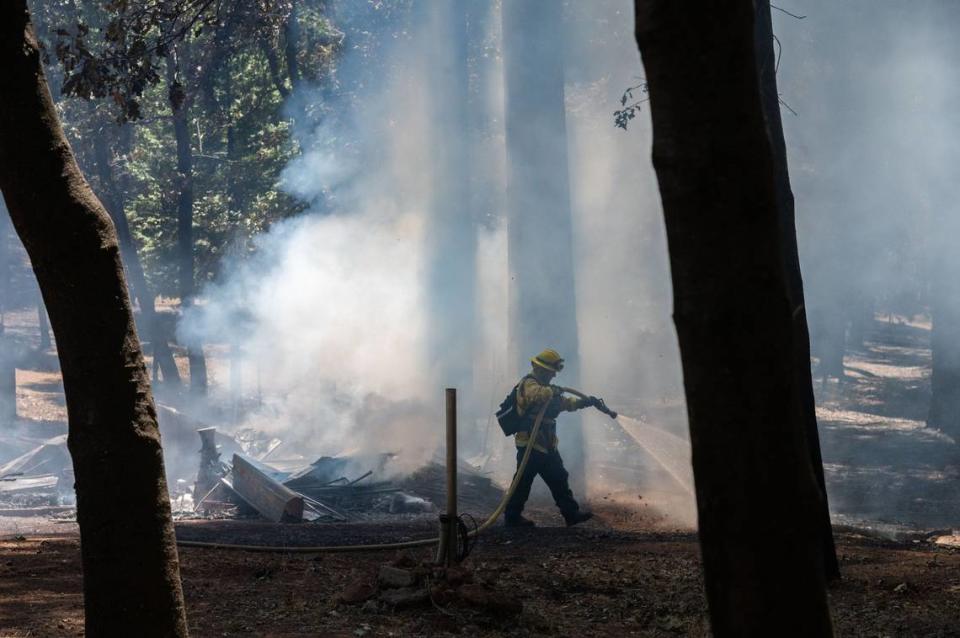Chico planned a burn that could have curbed the Park Fire. Here’s why it didn’t get done
Reality Check is a Bee series holding officials and organizations accountable and shining a light on their decisions. Have a tip? Email realitycheck@sacbee.com.
Just across the road from where California’s fifth largest fire in recorded history ignited last week, sat a 50 acre patch of extremely dry invasive yellow-star thistle that local authorities knew was dangerous.
The area would “burn at surprising intensity and flame height,” a report states on the City of Chico’s vegetation fuels management plan, which recommends a preemptive burn to “reduce the risk of catastrophic fires.”
Mainly due to lack of resources, the prescribed burn project was planned but never done. Chico authorities could have never predicted that a man would allegedly push a flaming car into a ravine next door.
Yet experts said the burn would have likely kneecapped the Park Fire in the key moments after ignition. The blaze now spans a 260-mile perimeter and forced thousands to evacuate their homes, some of which have been destroyed.
“It’s a freak of nature chance that this fire happened right next to where we had a project planned,” said Zeke Lunder, founder of Deer Creek Resources, the company that helped the city plan the burn. “If we would have burned this spring, there’s good odds it would have slowed this fire down and allowed us to catch it.”
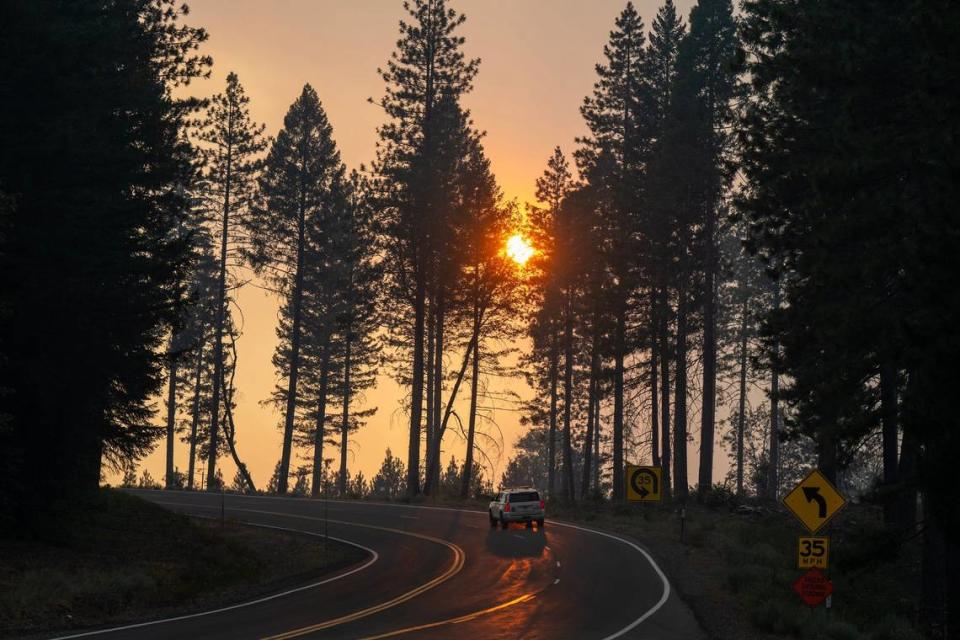
Experts said this origin story underscores the power of prescribed burns to avoid devastating wildfire and the barriers that still exist to doing them — including extremely limited funding compared to the resources required to fight colossal fires.
“By the time this fire’s over we’re going to spend hundreds of millions of dollars on it,” said Lunder, who estimated the cost of the planned burn at $10,000 and a day of work. “If we invested a fraction of that in prescribed fire we could have prevented a minor fire from becoming this catastrophe.”
Chico is widely considered a leader among California cities in wildfire mitigation. The city’s fire chief said an unfortunate combination of hot temperatures, complicated terrain, limited personnel and lack of equipment kept his department from undertaking the burn this spring.
“There’s no magic to this,” City of Chico Fire Department Chief Steve Standridge said, defending his department’s decisions. “We’re not omnipresent, so we don’t know whether or not the mitigation work we’re doing is going to be a benefit.”
Chico has had a prescribed burn program for over a decade, and completes roughly two to three prescribed burns a year. The city often burns a western swath of the park as a protective buffer for homes. This year it also burned outside the Chico Regional Airport.
“We have a lot of different priorities we need to balance,” said Chico fire chief Standridge, noting that fires are especially common in Bidwell Park, the city’s beloved 3,500 recreation area. “We pick our best opportunities to burn and proceed with that. I can’t predict where the fires will be.”
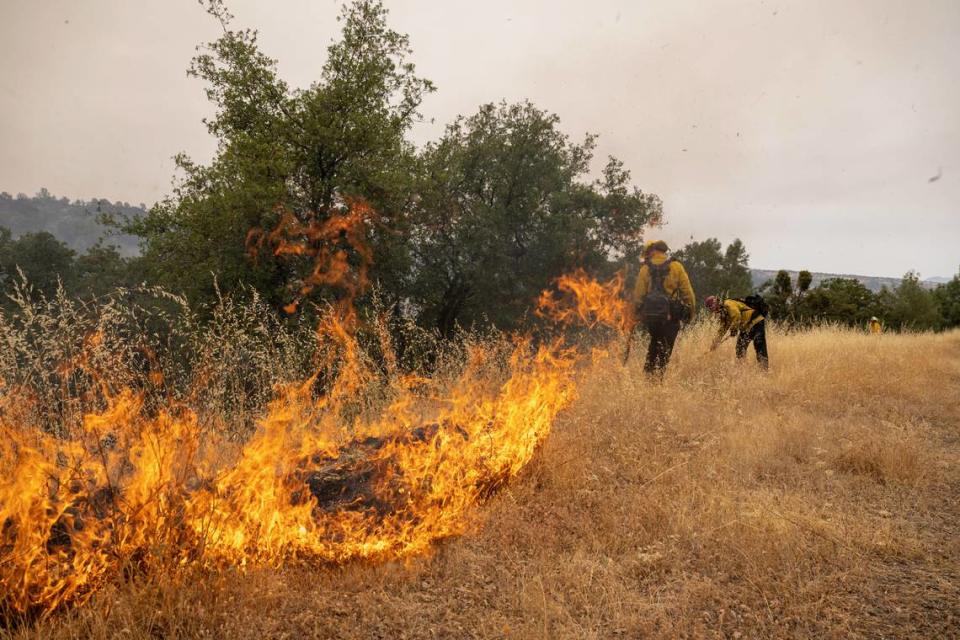
Key early hours of the Park fire
The Park Fire began in a gully in the northernmost section of Chico’s lush upper Bidwell Park, roughly six miles from downtown. Authorities say 42-year old Ronnie Stout pushed a burning car into it, sparking flames that rapidly spread winds north.
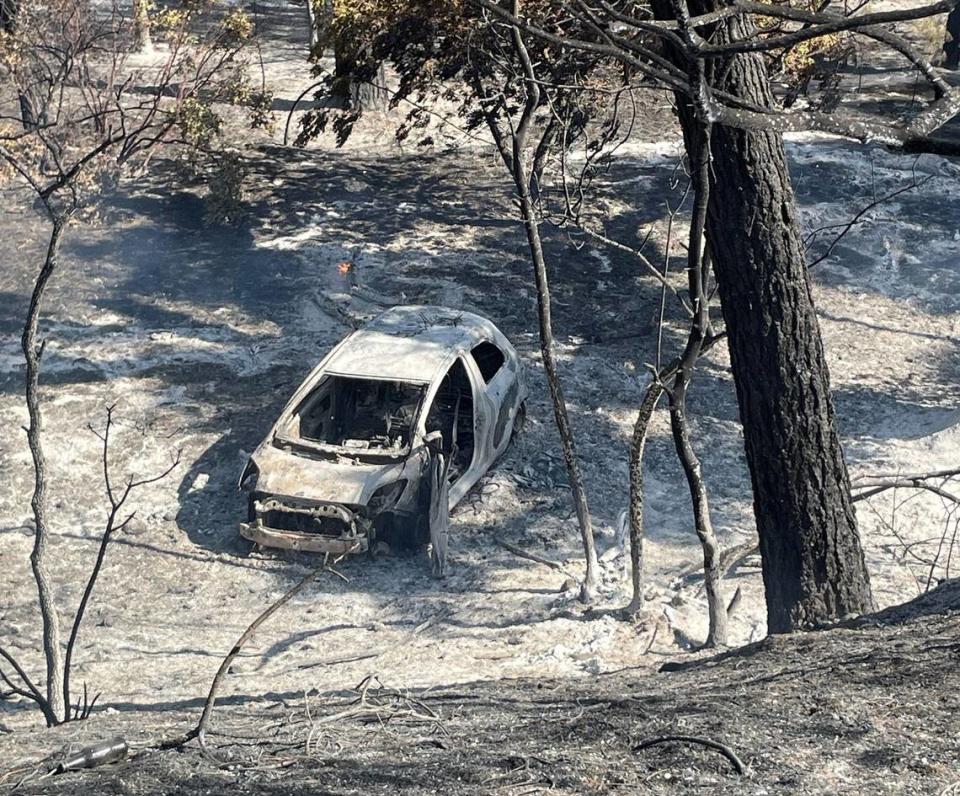
Once ignited, the Park fire erupted across Butte County on a triple-digit temperature afternoon aided by strong winds, tearing through the dense, dry fuel fed by last winter’s substantial rainy season and dried by already record summer temperatures.
The Park fire has now burned 350,000 acres in 72 hours, prompting evacuation orders for more than 26,000 people, Cal Fire reported. But the fire continues to grow and 361 structures have been destroyed so far, according to Cal Fire data.
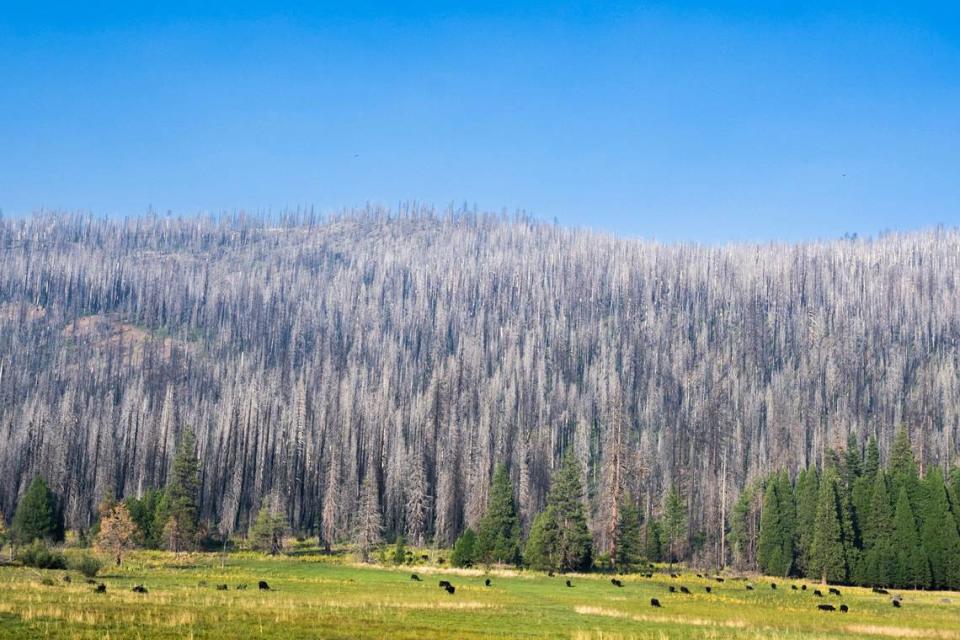
Decades of fire suppression in California combined with climate change have dramatically increased wildfire size and intensity, according to officials. The practice of fighting wildfires with “good fire” has origins in Indigenous, pre-European settlement of California.
A key piece of the state’s plan to tackle the problem is scaling up prescribed burns, which clear brush and dead tree fuels to choke fires, on a large scale. Last year, the state and U.S. Forest Service set a goal to thin state forests by 1 million acres a year by 2025.
Experts on California wildfire and prescribed burning did not fault Chico for the Park fire coincidence, instead praising its efforts to incorporate controlled burns and other prevention in a state that has historically focused primarily on fire suppression.
Len Nielson, Cal Fire’s staff chief for prescribed fire, said it’s “almost laughable” to suggest the City of Chico erred. That someone happened to roll a car on fire down a hill on a triple-digit temperature, windy day, he said, is “a total freak accident.”
Missed opportunities are rather common in the world of controlled burns, he said, although scientifically proving whether a fire could have been avoided by a preventative measure is nearly impossible.
“If we had a fuel break there, or had completed a project that was planned there, it could have prevented a catastrophic wildfire. That’s what we do every day,” he said. “Unfortunately, there are a lot of projects that need to be done and not enough resources to go around.”
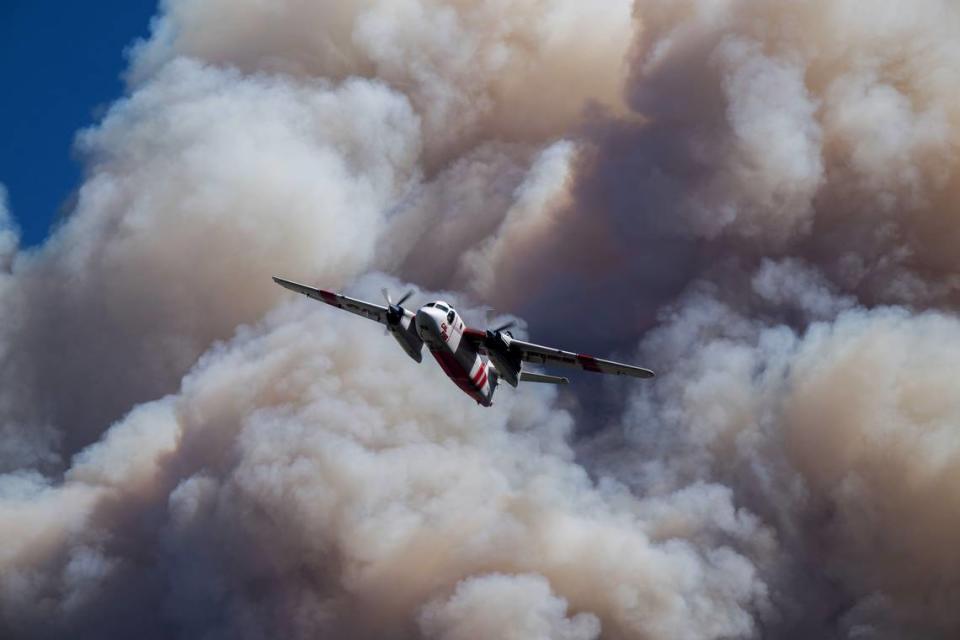
The slow progress of ‘good fire’
According to Cal Fire data, about 100,000 acres were treated with prescribed burns last year — up from about 50,000 acres from 2020. But a variety of challenges are keeping the form of fuels reduction from scaling up fast enough to keep up with wildfires.
Lenya Quinn-Davidson, director of the Fire Network at University of California Agriculture and Natural Resources, said the fact that this fire happened to start where a burn was planned highlights the power of small burns, not just a big million-acre goal.
“Really targeted burning at the right times of year can be really impactful, even if they’re not big projects,” she said. “A small project right around a community or home can be a total game changer. And we shouldn’t underestimate that.”
Despite the progress that California has made, barriers still remain to conduct prescribed burns, partly because they are finicky. A given “prescription” requires specific weather circumstances — including mild temperatures, moderate humidity, low wind speed and air quality permits.
California recently established a $20 million claims fund for prescribed fire projects on private lands and for cultural burning, which Quinn-Davidson said has helped clear liability hurdles. The state is now home to approximately 40 certified burn bosses, people authorized to perform prescribed fire planning.
Yet capacity and resources to do them remains a challenge. When the Goldilocks opportunity arrives in a given region, experts like Lenya said it’s often missed if the single dedicated person in a department is off doing something else, such as fighting a fire.
She and Lunder, who helped craft the city’s burn plan, hope to see more resources go toward prevention.
“There’s never enough money for the prescribed fire and fuels treatment side of things, but the checkbooks open when it’s a wildfire,” she said. “We write grants, they last for two years and then people lose their jobs. Yet this is one of our biggest solutions.”
It’s all part of California’s ever-evolving relationship to fire that Stanridge, Chico’s fire chief, said deepens each year. His city has had more experience with wildfires than most, not least its proximity to the infamous Camp Fire that destroyed nearby Paradise.
“We’ve been through a lot of big fires,” he said. “We’ve become better, more aware and more proactive each and every year. No matter what you do there is always more you could be doing.”
